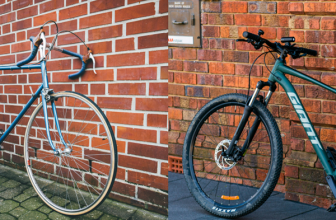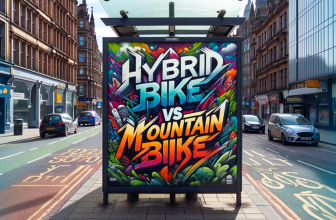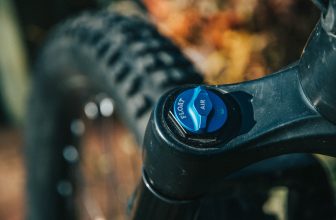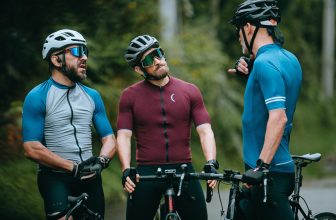The Ultimate Cyclist’s Guide to Drivetrains: 1x, 2x, and 3x Chainring Showdown
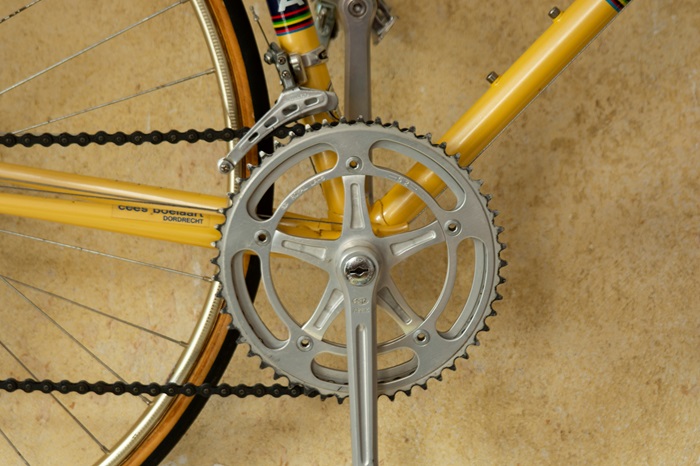
Alright, fellow pedal pushers, let’s dive deep into the heart of your bike—the drivetrain. Whether you’re a road warrior, a trail blazer, or someone who just likes to cruise, understanding the differences between 1x, 2x, and 3x drivetrains can seriously up your cycling game. So, grab your favourite energy bar, and let’s get into the nitty-gritty of what these numbers mean and how they can affect your ride.
1x Drivetrains: The Simplified Speedster
First up, we’ve got the 1x (pronounced “one-by”) drivetrain. This setup features a single chainring up front and a wide-ranging cassette at the back. Here’s the lowdown:
Pros:
- Simplicity: With no front derailleur to worry about, you’ve got fewer gears to fumble through. This makes for a cleaner handlebar setup and less mental load when shifting.
- Weight Reduction: Fewer parts mean shedding some grams off your bike, which can be a boon for those obsessed with bike weight.
- Durability: With fewer moving parts, there’s less that can go wrong. This setup tends to be more robust, especially in muddy or gritty conditions, making it a favourite among mountain bikers.
Cons:
- Limited Gear Range: While advancements in cassette technology have broadened the range, some riders might miss the very high or very low gears offered by more chainrings.
- Bigger Gear Steps: You might find yourself wishing for a more finely tuned gear ratio on varied terrain, as the jumps between gears can be larger.
2x Drivetrains: The Versatile Veteran
The 2x drivetrain, with two chainrings up front and a cassette in the rear, has long been the standard for both road and mountain bikes. Here’s why:
Pros:
- Wide Gear Range: This setup offers a broad spectrum of gears, making it easier to find the perfect cadence whether you’re climbing a steep hill or sprinting to the finish.
- Smaller Gear Steps: The additional chainring allows for closer gear ratios, giving you smoother transitions and the ability to fine-tune your pedalling efficiency.
- Versatility: It’s a jack-of-all-trades, suitable for a wide variety of terrain and riding styles.
Cons:
- Complexity: More gears mean more decisions and potentially more confusion, especially for beginners.
- Weight and Maintenance: The extra chainring and front derailleur add weight and complexity, requiring more frequent tuning to keep everything running smoothly.
3x Drivetrains: The Rangey Workhorse
Then there’s the 3x drivetrain, boasting three chainrings for the widest range of gears possible. It’s like the Swiss Army knife of gear setups:
Pros:
- Maximum Gear Range: Whether it’s a steep climb or a high-speed descent, you’ve got a gear for that. This setup offers unparalleled versatility.
- Gradual Gear Progression: With more gears at your disposal, you can fine-tune your pedalling even more, making for a comfortable ride on any terrain.
Cons:
- Complexity Overload: With so many gears, it can be easy to get overwhelmed or find yourself in the wrong gear at the wrong time.
- Weight Penalty: All those gears add up, making this the heaviest option. Plus, it requires the most maintenance to keep everything in tip-top shape.
Performance Differences
When it comes to performance, it all boils down to what you prioritize. A 1x drivetrain offers simplicity and durability, which is great for those who hate fiddling with gears or ride in mucky conditions. The 2x strikes a balance between versatility and performance, suitable for riders who cover diverse terrain. The 3x, with its wide range, is ideal for those who want every possible gear at their disposal, despite the added weight and complexity.
Road Bikes vs. Mountain Bikes: What’s Best?
For road bikes, the 2x drivetrain has traditionally been king, thanks to its blend of high-speed options and climbing gears. However, with the advent of wider-range cassettes, 1x setups are gaining traction among gravel and adventure cyclists who appreciate the simplicity and lower maintenance.
Mountain bikes, on the other hand, have largely embraced the 1x drivetrain. The elimination of the front derailleur reduces the risk of mechanical issues on rough terrain and simplifies the shifting process, allowing riders to focus on navigating the trail. That said, some cross-country riders still prefer the 2x for its closer gear ratios, which can be crucial during races.
As for the 3x? It’s become somewhat of a rarity, especially on higher -end bikes. While it still has its adherents, especially among touring cyclists or those who ride in particularly hilly areas and need every possible gear to handle diverse gradients, it’s seen less frequently on new models. The cycling world has generally shifted towards simpler setups that offer nearly as much versatility without the added weight and complexity.
Choosing Your Drivetrain: What to Consider
When deciding between a 1x, 2x, or 3x drivetrain, here are a few key considerations to keep in mind:
- Terrain and Riding Style: Are you constantly facing steep climbs, or do you need speed on flat stretches? Your local terrain and how you ride will heavily influence your choice.
- Simplicity vs. Versatility: Do you value a straightforward, easy-to-maintain setup, or are you looking for the ability to fine-tune your pedalling on the fly?
- Weight: If you’re all about climbing or racing, then saving weight with a 1x could be your best bet. However, if you’re touring or not concerned about shaving off every gram, this might be less of a factor.
- Maintenance: More gears mean more maintenance. If you’re not a fan of frequent tune-ups, a simpler drivetrain might be more up your alley.
The Future of Drivetrains
The cycling industry is always evolving, and drivetrain technology is no exception. Electronic shifting is becoming more common, offering crisp, reliable gear changes with the push of a button. This technology is available across 1x, 2x, and even 3x setups, making the choice even more about personal preference and less about technological limitations.
Moreover, the development of more efficient and wider-range cassettes continues to blur the lines between these setups. A modern 1x drivetrain can now cover almost as much ground as a 2x did just a few years ago, and innovations in chainring and cassette design mean that these setups are more efficient than ever.
Experiment and Find Your Groove
Don’t be afraid to experiment with different drivetrain setups if you have the opportunity. Many bike shops offer demo days or rental options that let you test out bikes with various configurations. This firsthand experience can be invaluable in understanding how each setup handles in real-world conditions and can help you make an informed decision about what’s right for you.
The Community Aspect
Another great way to gauge what might work for you is to tap into the cycling community. Forums, local cycling clubs, and even casual conversations at your local bike shop can provide insights and experiences from a wide range of riders. You’ll find that opinions on drivetrains can be as varied as the bikes themselves, but there’s a wealth of knowledge to be gained from the experiences of others.
Keeping an Open Mind
As you dive into the world of drivetrains, keep an open mind. Innovations in cycling technology are constant, and what might seem like a small tweak or improvement can sometimes revolutionize the way we ride. Be open to trying new things, and don’t be surprised if your preferences evolve over time. After all, cycling is a journey, not just a destination.
The Bottom Line
Choosing between a 1x, 2x, or 3x drivetrain is just one of many decisions that shape the cycling experience, but it’s an important one. Each setup has its own set of strengths and weaknesses, and the best choice depends on your personal riding style, goals, and preferences. Whether you prioritize simplicity, versatility, or maximum range, there’s a drivetrain out there that’s perfect for you.
Remember, the best bike is the one that gets ridden. So, whichever drivetrain you choose, make sure it’s one that excites you to hop on your bike and explore. The world is waiting for you, one pedal stroke at a time. Here’s to many happy miles ahead—may your gears be smooth, your rides be long, and your adventures be endless. Cheers to finding your perfect match on two wheels!




